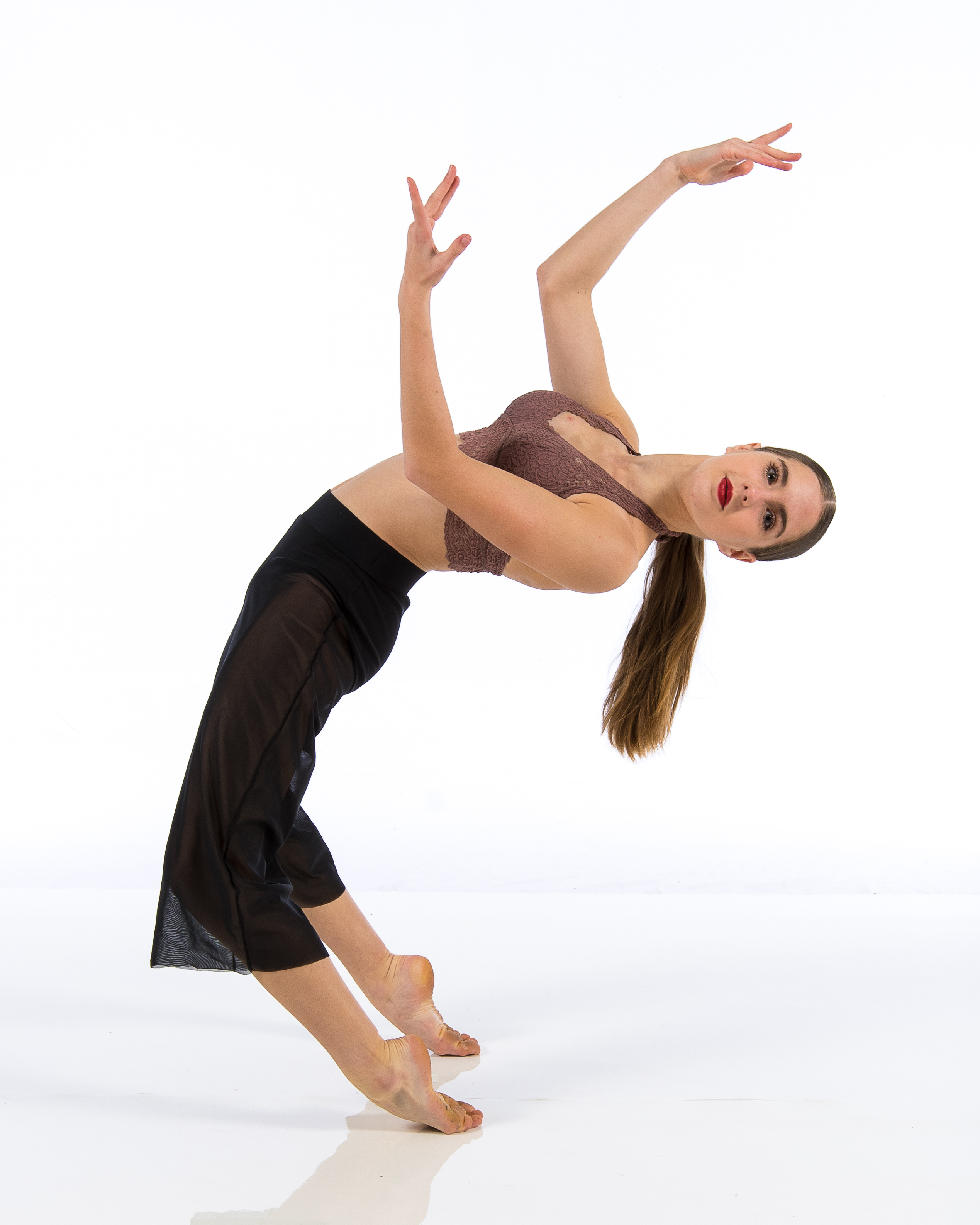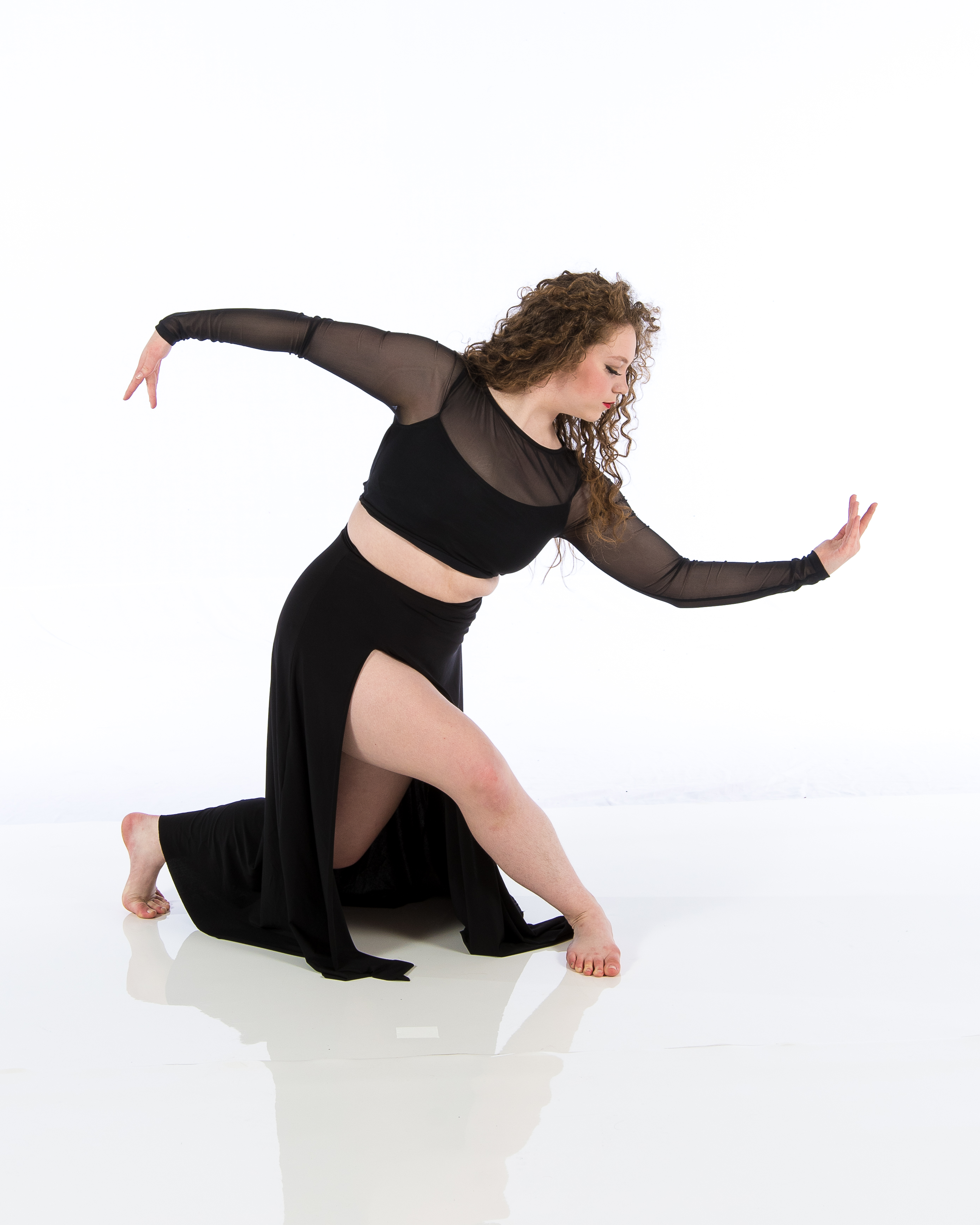Introduction
In a world increasingly driven by technology and screen time, the age-old tradition of dance continues to thrive, offering young minds an expressive outlet that combines art, movement, and emotional development. Dance studios have emerged as havens where creativity flourishes and personal expression is celebrated. But what exactly makes dance so impactful for children? This article delves into the multifaceted benefits of dance studios on young minds, exploring how they create art through movement and shape the lives of children in profound ways.
Creating Art Through Movement: The Dance Studio's Impact on Young Minds
Dance is not merely a form of entertainment; it is an intricate language of expression that allows individuals—especially children—to articulate emotions that words often fail to convey. At a dance studio, young minds are encouraged to explore their creativity and develop a deep connection between body and soul.
The Therapeutic Benefits of Dance
Dance has been proven to be therapeutic in many ways. It serves as an emotional release for children who may struggle to express themselves verbally. The physicality of dancing helps in reducing anxiety and stress, making it an excellent tool for emotional regulation.
- Physical Activity: Engaging in regular dance classes promotes cardiovascular health, flexibility, strength, and coordination. Emotional Expression: Many kids find solace in expressing their feelings through movement rather than words. Mindfulness: Dance encourages focus and presence in the moment, promoting mindfulness among young learners.
Cultivating Creativity at a Dance Studio
One of the most significant impacts of dance studios is their ability to foster creativity. Young dancers learn how to think outside the box and approach challenges with innovative solutions.
Encouraging Imagination
Dance encourages imagination by prompting students to create stories through their movements. As they learn different styles—from ballet to hip-hop—children are given tools to tell unique narratives through their bodies.
Improvisation Skills
Improvisation is a vital component of dance education. Instructors often encourage students to move freely within certain parameters, teaching them that there are no wrong answers when it comes to artistic expression.
Building Discipline and Focus
Discipline is essential for mastering any skill, and dance is no exception. Regular practice instills a sense of routine while sharpening concentration abilities.

Setting Goals
In every class, dancers set short-term goals (like perfecting a specific move) which fosters perseverance—a life skill that extends beyond the studio walls.
Time Management
As kids juggle schoolwork with dance classes, they learn valuable time management skills that will serve them well throughout their lives.
Social Benefits from Dance Studios
The impact of dance studios goes beyond individual development; they also provide social benefits that help build community among young dancers.
Teamwork Skills
Many forms of dance require collaboration with peers. Whether participating in group choreography or preparing for performances, children learn how to work together towards common goals.
Building Friendships
The supportive environment fostered at a dance studio can lead to lasting friendships built on shared experiences and mutual encouragement.
Boosting Self-Esteem Through Dance
Self-esteem plays a crucial role in child development. At a dance studio, children gain confidence as they master new skills and perform in front of audiences.
Celebrating Achievements
Whether it's nailing a challenging routine or receiving applause during recitals, each small achievement contributes positively to self-worth.


Diversity Through Movement: Exploring Cultural Forms of Dance
Dance studios often expose students to various cultural forms of dance—ballet from France or salsa from Latin America—which broadens their horizons concerning diversity and inclusion.
Appreciating Different Cultures
Through learning about different styles, children develop an appreciation for cultures beyond their own while simultaneously enhancing their understanding of global perspectives.
Developing Lifelong Skills Through Dance Education
Dance education imparts valuable skills that go far beyond the dance floor into everyday life situations:
| Skill | Description | |---------------------------|-------------------------------------------------------------| | Communication | Expressing thoughts non-verbally through body language | | Emotional Intelligence | Understanding one’s own feelings as well as those of others | | Adaptability | Responding positively to change within routines |
FAQs About Creation Art Through Movement at Dance Studios
1. What age should my child start taking dance classes?
Most studios offer classes for children as young as three years old! Starting early can help develop motor skills and social interaction but it’s never too late; even teens can benefit immensely from starting later!
2. How does dancing improve academic performance?
Studies suggest that physical activity enhances brain function. Regular participation in dance can improve concentration levels, benefiting academic performance overall.
3. What types of dances are typically taught at a studio?
You’ll find a variety ranging from ballet and jazz to hip-hop! Each style offers unique benefits and caters to different interests among young dancers.
4. Can dancing help with shyness or anxiety?
Absolutely! Dancing provides an avenue for self-expression which can alleviate feelings associated with anxiety or shyness over time as confidence builds up through practice and performance opportunities.
5. Are there competitive options available at most studios?
Yes! Many studios offer competitive teams where dancers can participate in competitions showcasing their hard work!
6. How do I choose the right dance studio for my child?
Look for studios with certified instructors who prioritize student well-being while providing diverse programs tailored toward your child’s age group!
Conclusion: The Lasting Impact of Dance Studios on Young Minds
In summation, creating art through movement at a dance studio transcends mere physical activity; it nurtures emotional intelligence while fostering creativity, discipline, social skills—and so much more!
As we ponder over the myriad benefits discussed throughout this article—from boosting self-esteem through performance opportunities to cultivating lifelong friendships—we cannot overlook how dance studio vital these nurturing spaces are for our youth today!
Investing time in such artistic environments not only enriches children's lives but also lays down foundations essential for thriving adulthood filled with confidence and compassion toward themselves—and others around them! So why not take that leap today? Find your local dance studio where your child can unlock their potential while creating beautiful art through movement!